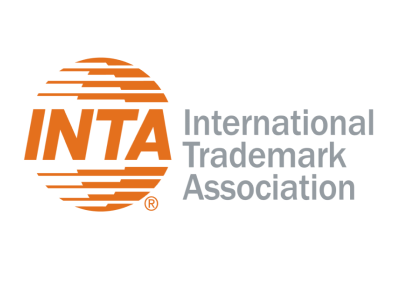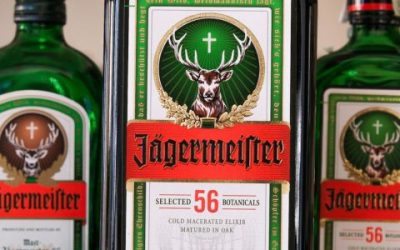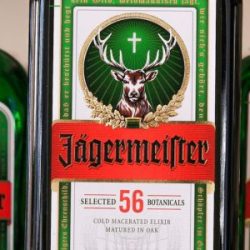New York, New York—July 24, 2024—The International Trademark Association (INTA) has filed a Statement in Intervention with the European Union General Court in case T-38/24, OMV AG v. European Union Intellectual Property Office (EUIPO), relating to the registrability of a color combination trademark for energy and fuel-related services.
The case concerns an appeal of a decision from the Fifth Board of Appeal of the EUIPO (R 0798/2023-5). In the decision, the Fifth Board of Appeal (BoA) confirmed the EUIPO’s refusal of protection for a color combination trademark covering a range of goods and services related to energy, fuel, and gas stations. The color combination in question was described as gentian blue (RAL 5010) and yellow-green (RAL 6018), and was represented as follows:

The EUIPO reasoned that the colors blue and green individually are well known to be associated with environmental friendliness. In addition, blue and green (although not necessarily in these specific hues and this arrangement) were used for several goods and services within the energy sector. Consequently, the BoA found that the trademark lacked inherent distinctiveness.
The case is significant to the evolution of trademark law in the European Union. The case law regarding color combination trademarks is not fully developed, and there are a number of decisions in different cases that collectively do not provide clear answers to questions regarding the threshold for distinctiveness for such trademarks. In past years, there have been several infringement cases before the national courts about registered or unregistered color trademarks, highlighting the importance of such marks for trademark proprietors and market operators.
INTA maintains that the BoA’s decision wrongly assessed the distinctiveness of the mark at issue by applying the same high threshold set forth for single-color marks and by failing to properly consider both the systematic arrangement of the relevant colors and the relevant market. The evidence in the case indicates that color combinations on the large overhangs of gas station buildings are used by gas station operators as a means of differentiation, to communicate the origin of the services to consumers and that consumers understand that the colors of gas station structures and signs are designed to convey the origin of the services.
INTA consequently put forward the following in its Statement in Intervention: Firstly, combinations of colors should be assessed in the same way as any other trademarks, without applying a particularly strict test as may be appropriate for single-color marks.
Secondly, the systematic arrangement of a color trademark should be considered on the basis of the trademark as filed and should be part of the assessment of a trademark’s distinctiveness.
Thirdly, the market practice in a given industry is a relevant factor in the assessment of the inherent distinctiveness of trademarks in that industry, as it might have an impact on how the public perceives the relevant sign. This is particularly true when it comes to non-traditional marks/color combination marks, because an established market practice, as in the present case, might serve to demonstrate that the relevant public is in fact accustomed to perceiving a specific sign—different from a word or a figurative mark—as a trademark, thus satisfying the distinctiveness threshold, overcoming any general presumption that such signs are not perceived as trademarks.
You may also like…
UEFA partners with Alliance for Creativity and Entertainment to enhance global anti-piracy strategy
October 21, 2025 - The Union of European Football Associations (UEFA) has officially joined the Alliance for...
EUIPO and UANIPIO welcome the integration of Ukraine’s trademarks into TMview
The European Union Intellectual Property Office (EUIPO) and the Ukrainian National Office for Intellectual Property...
Jägermeister succeeds in opposing the EU trademark application Alten Kräuterfrau for alcoholic beverages
Mast-Jägermeister SE filed an opposition on the grounds of Article 8(1)(b) – likelihood of confusion between the signs...
Contact us to write for out Newsletter













